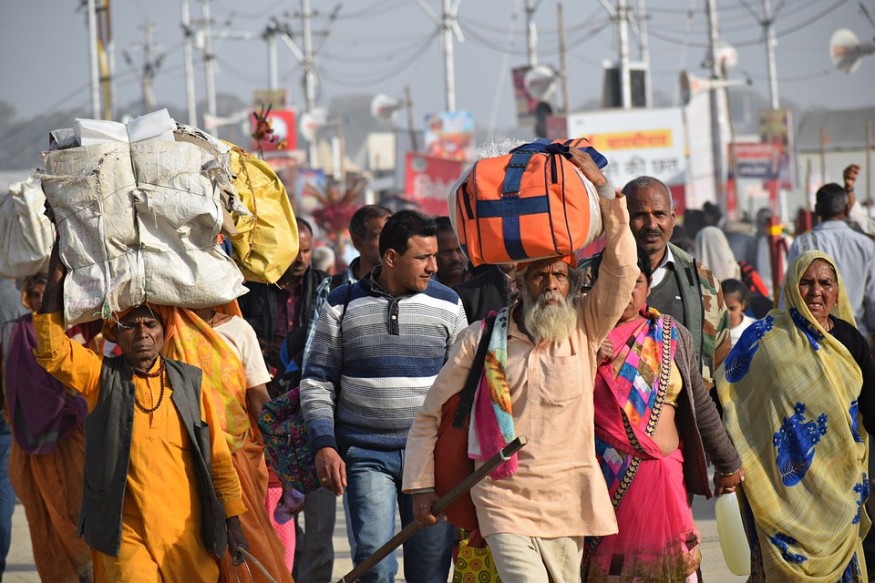
All over India are millions of tourists, students, and migrant workers who are fleeing from big cities and are walking back to their villages after Prime Minister Narendra Modi announced the country's 21-day lockdown on March 24 to curb the spread of COVID-19.
Prime Minister Modi asked 1.3 billion Indians to stay home; however, this request caused millions of migrant workers to leave their cities and walk home. These migrant workers are crucial to the country's economy, and many of them work in big cities to construct buildings, deliver takeaways, serve in diners, work in automobile and plumbing enterprises, among others.
The lockdown has made people into refugees upon the closure of their workplaces. Men, women, and children have begun their journeys. The scenes on India's streets are regarded as reminiscent of the exodus that occurred during the partition of India and Pakistan in 1947 - a migration that displaced over 15 million people.
The Indian lockdown is considered as the world's largest lockdown that has resulted in the closure of all factories, shops, markets, and even places of worship. The majority of public transportation has also been suspended. The Indian government has requested its citizens to stay home and practice social distancing after its confirmed cases have risen. Currently, the number of confirmed cases in India has reached to almost 3000.
The director-general of the World Health Organization expressed that lockdowns intended to slow down the COVID-19 transmission have resulted in "unintended consequences", particularly to the poorest and most vulnerable in the population. He called on countries to ensure that these members of society have food and essentials in this pandemic.
The lockdown has been a control measure to catastrophic projections given that the country is the world's second-most populous nation with large numbers of people living in poverty. Many Indians also live in crowded conditions, and the country has a weak public health system. For every 1000 persons, India has only 0.7 hospital beds and less than 50,000 ventilators.
To help address the challenge at hand, the Indian government announced on March 26 a $23 billion economic stimulus plan to support the poor, provide food and cooking gas rations to families, as well as cash transfers to millions of women. The government's economic package aims to distribute 5 kilograms of free wheat or rice for each person every month with 1 kilogram of pulses for low-income families. The stimulus plan aims to feed about 800 million poor people for the next three months.
The Indian government has also announced other control measures to prepare for worse days ahead. A $2 billion package was also cleared last week to purchase personal protective gear for health care workers, increase the number of testing facilities, conduct mass testing, and train health care workers from all over the country. India is also importing 10,000 ventilators from China and 30,000 others from various domestic manufacturers.
Former Indian health secretary K. Sujatha Rao also believes that India has to ramp up testing because lockdown or social distancing without testing is only delaying the surge.
© 2025 NatureWorldNews.com All rights reserved. Do not reproduce without permission.





